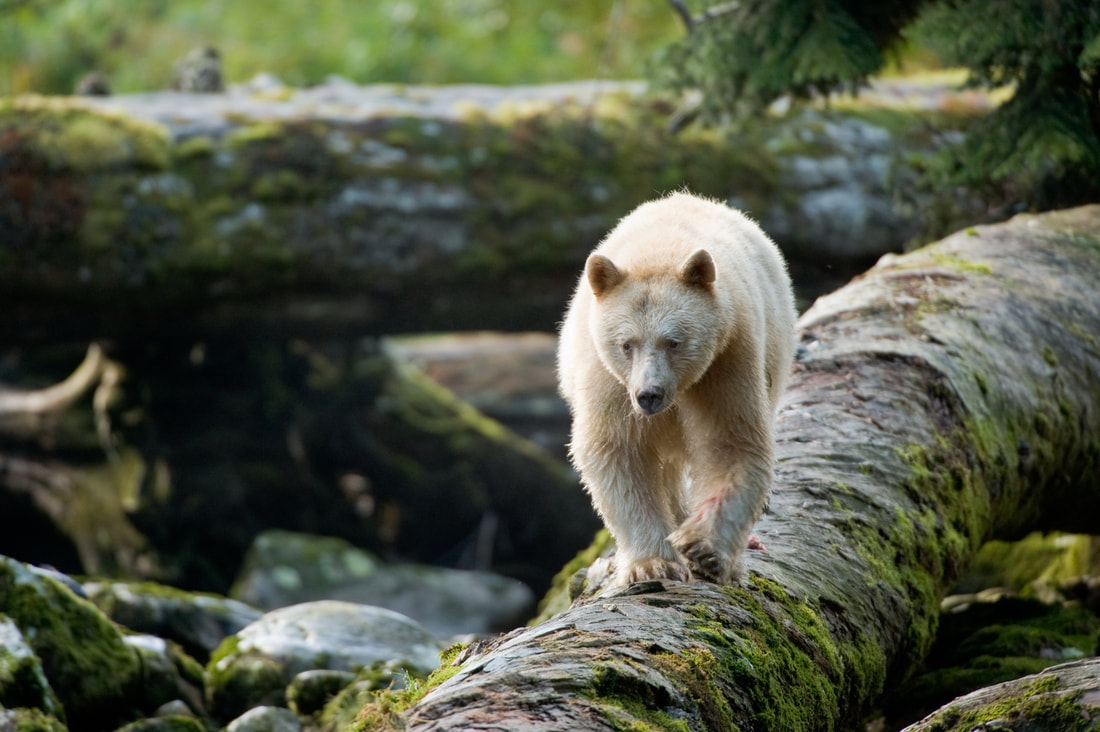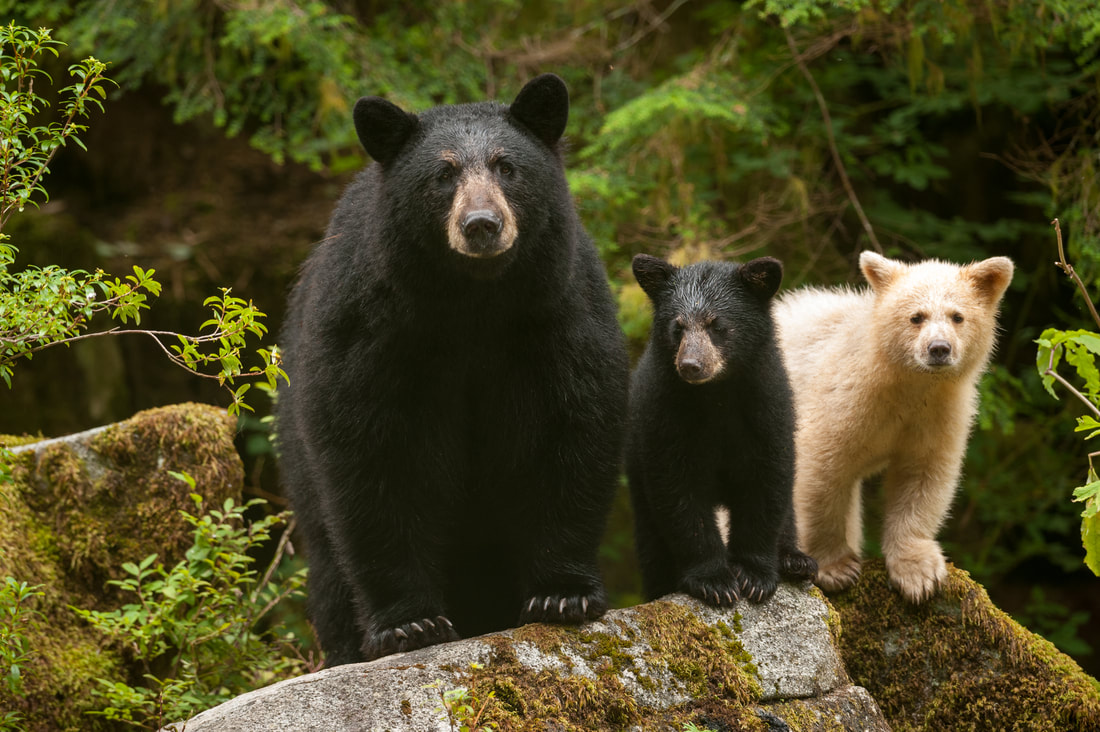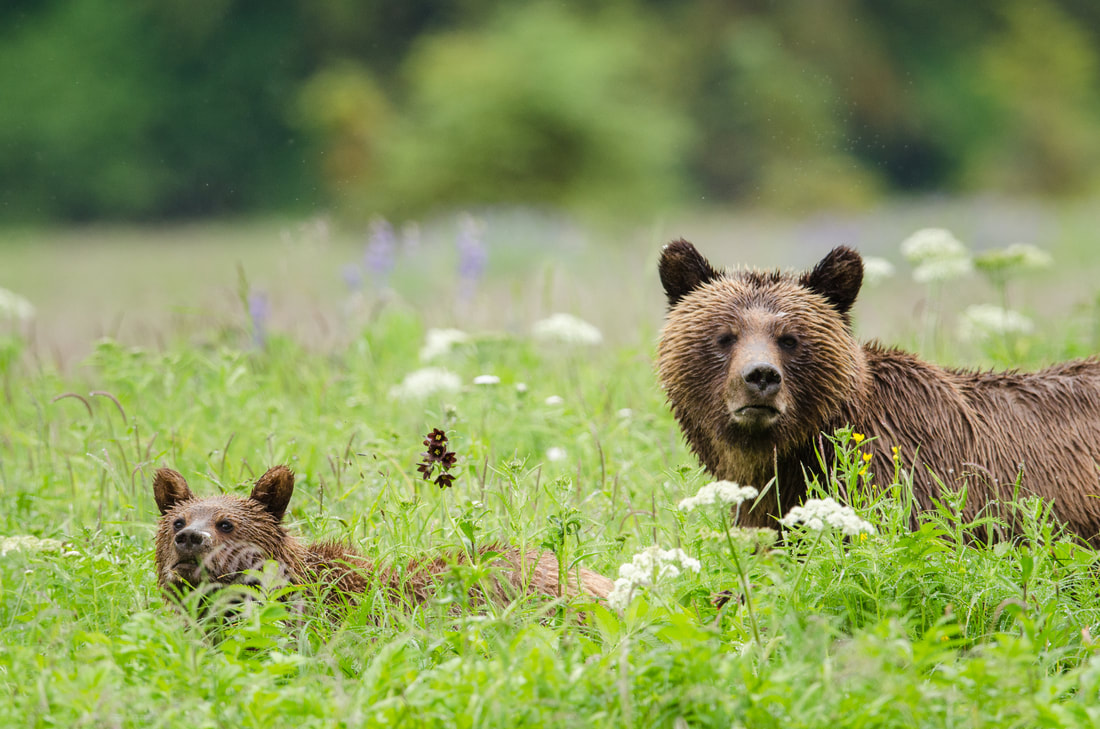|
We reached out to our Jackson Wild Media Awards filmmakers to ask them five questions about the experience of making their films.
What inspired this story? Director Ian McAllister: This story was inspired by my 30 years of conservation work in the Great Bear Rainforest. I was fortunate to be first introduced to the Great Bear Rainforest about 30 years ago, when what I thought was going to be a one-week exploratory trip turned into a 30-year journey. Making a giant screen film about this area has been on my mind for a long time. I wanted to bring awareness to this globally rare wilderness so that others can see what I see. It is the story of a threatened unique rainforest next to one of the planet's most prolific ocean environments that is also facing pressure from industrial development. Describe some of the challenges faced while making this film. IM: This is a natural history film of some of the planet's undocumented elusive wildlife. In order to bring that to the giant screen, the crew spent more than 400 days in the field filming spirit bears, wolves and countless other species, which took a tremendous amount of time to properly capture. Filming in an extremely remote area with a complicated coastline without any roads or easy access, with the addition of harsh wind and rain, brings its own challenges. What impact do you hope this film will have? IM: I hope people leave the theatre with a sense of real hope, knowing that places so valuable ecologically and culturally still exist and still can thrive, and seeing that ecological protection can be something exciting and beautiful, rather than dark and difficult. Maybe some will also be inspired to engage with the rainforest in their own way, or to get involved in environmental work, which doesn’t have to mean becoming a scientist. There are countless skills that can play a role in helping to protect places like the Great Bear Rainforest—from science to the arts to logistics…and even entertainment. Any fun facts about the film, the subject matter or the production crew that might surprise the audience? IM: A fun fact about this film is that the Spirit Bear, which is one of the key characters of the film and the area, is rarer than the panda bear. Many people confuse it with a polar bear, but it is actually a subspecies of the North American black bear that has white fur due to a rare genetic trait. Spirit bears are only found in the Great Bear Rainforest. No one knows exactly how many spirit bears there are, but estimates range from 50 to 100. They truly are the rarest bears on earth! What do you feel is most important to remember when telling stories to younger audiences? IM: I love the fact that in the Great Bear Rainforest, both the film and the actual place, indigenous youth are the central voice of the region. We wanted to spotlight real people, especially young people, and real things that are happening in their communities. This results in youth talking to youth, and I believe that is the most important element in telling stories to younger audiences.
1 Comment
amanda
3/27/2023 12:32:02 pm
helloooo
Reply
Leave a Reply. |
Archives
March 2024
Categories
All
|
Contact UsJackson Wild
240 S. Glenwood, Suite 102 PO Box 3940 Jackson, WY 83001 307-200-3286 info@jacksonwild.org |




 RSS Feed
RSS Feed